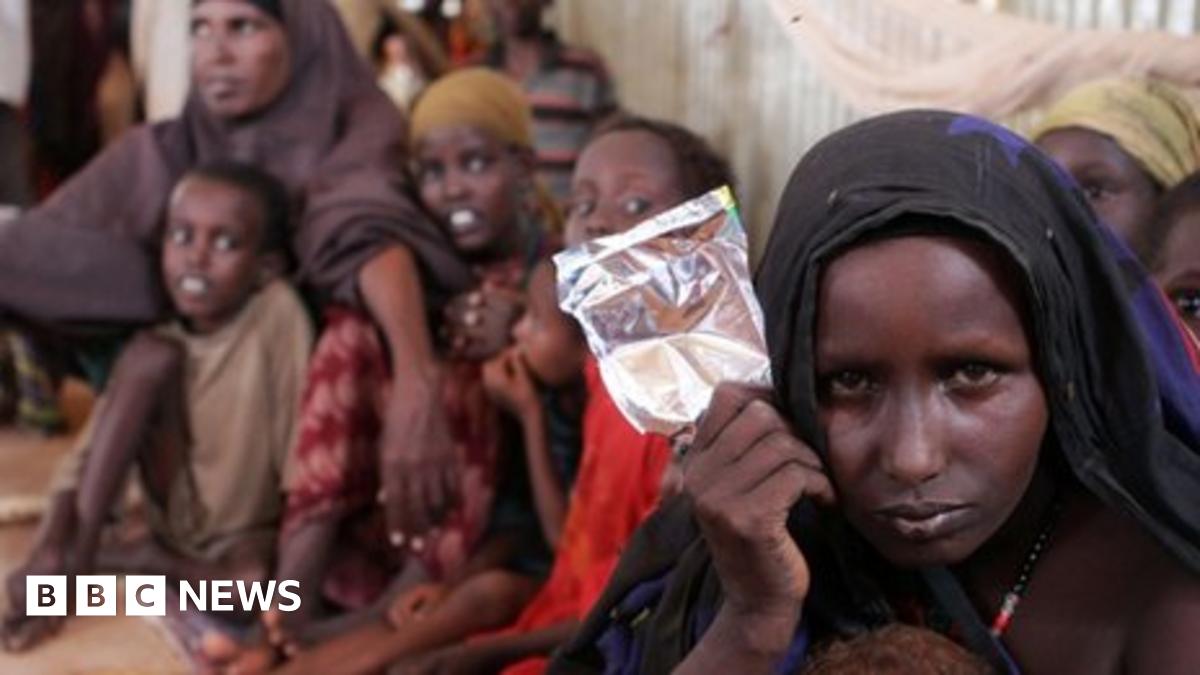Re: SOMALIA - UN:Time for immediate action on famine - More than 29,000 children under the age of 5 have died in the last 90 days in southern Somalia
 Diane
Diane
Somalia: Famine caused hundreds of deaths a day
Updated 09/05/11 at 14:04
The famine has spread to six of the eight regions of southern Somalia, where 750,000 people are directly threatened, the UN announced on Monday by noting that hundreds of people every day succumbed despite an increase in humanitarian aid .
"The entire Bay area is now declared in a state of famine"
"The entire Bay area is now declared in a state of famine," said Mark Bowden, the UN coordinator for aid to Somalia. The Bay Area is the sixth of Somalia's collapse into famine since the United Nations announced in July that it struck the country in the Horn of Africa, where four million people - 53% of the population - are not able to meet their food needs.
Hundreds of people die every day, of which at least half of them children, said Grainne Moloney, Technical Advisor of the Unit of analysis of food security and nutrition of the UN for Somalia. She said to expect that other parts of southern Somalia are in turn in a state of famine at the end of the year.
...
-With Reuters
Somalia: Famine caused hundreds of deaths a day
Updated 09/05/11 at 14:04
The famine has spread to six of the eight regions of southern Somalia, where 750,000 people are directly threatened, the UN announced on Monday by noting that hundreds of people every day succumbed despite an increase in humanitarian aid .
"The entire Bay area is now declared in a state of famine"
"The entire Bay area is now declared in a state of famine," said Mark Bowden, the UN coordinator for aid to Somalia. The Bay Area is the sixth of Somalia's collapse into famine since the United Nations announced in July that it struck the country in the Horn of Africa, where four million people - 53% of the population - are not able to meet their food needs.
Hundreds of people die every day, of which at least half of them children, said Grainne Moloney, Technical Advisor of the Unit of analysis of food security and nutrition of the UN for Somalia. She said to expect that other parts of southern Somalia are in turn in a state of famine at the end of the year.
...
-With Reuters





Comment